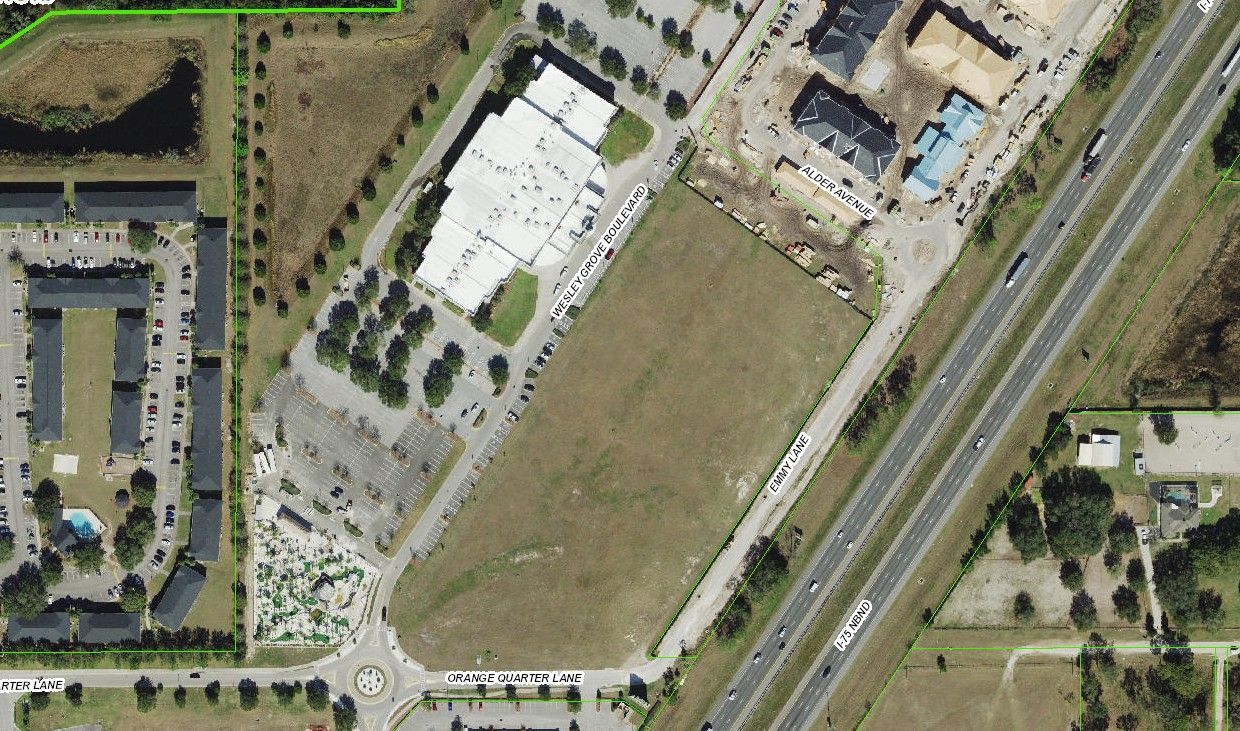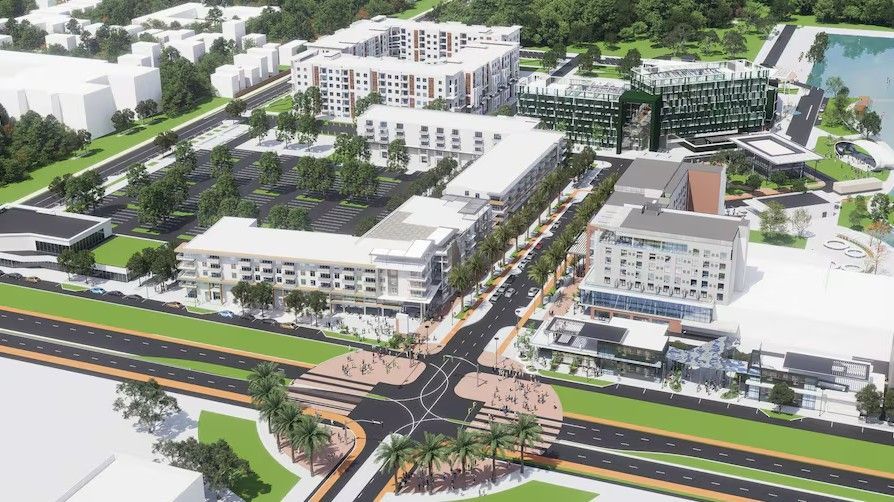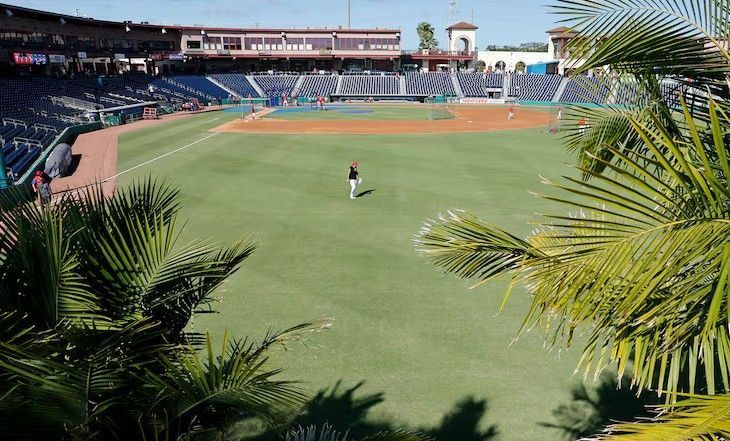St. Petersburg City Council seeks options to elevate city prominence with Tampa Bay Rays
Last week during a city council meeting, council members voted to seek options in the Rays future with the city – including a potential name change. Council member Gina Driscoll brought forward a proposed name change to the team, citing that many constituents think Tampa Bay means the City of Tampa.
Tampa Bay Ray’s team co-president/owner Brian Auld told the council a name change requirement would see the team pull out of the redevelopment project in its entirety. “We are the Tampa Bay Rays. Our name is deliberately inclusive. Our fans live throughout Tampa Bay and central Florida,” said Auld, noting that other local professional sports teams are the NFL’s Tampa Bay Buccaneers and Tampa Bay Lightning of the NHL. “There will not be a new ballpark nor development project if there’s a requirement to change our franchise’s name.”
A new proposed $1.3 billion stadium will be located just next to the current Tropicana Field. Eventually, the domed stadium will be demolished. A new stadium will lock in the Ray’s in the city for another 30 years beginning in 2028. The proposal of a name changes saw supporters and opposer's. Supporters of the name change cite that St. Petersburg will be fronting $417.5 million in tax dollars for the deal, and the name should come first as they believe it would help boost the city’s national profile and tourism industry.
A notable opposer of a name change was Mayor Ken Welch. Welch has made the stadium a cornerstone of the redevelopment and to require a name change would be detrimental to the promise of redevelopment. Additionally, Pinellas County is putting up $312.5 million for the new stadium and shares no interest in changing the team name.
Janet Long, the chair of the Pinellas County Commission says she would not support a name change unless the Rays “don’t want the money from the county.” A resolution was met at the meeting and Driscoll amended her resolution to include other possibilities for the city including having the city in the new stadium name, or having players wear city-branded uniforms occasionally.
The resolution was adopted by the City Council and Welch’s staff will prepare a report on the matter by January 4th. More information regarding the development, and an opportunity to provide feedback can be found here: Historic Gas Plant District Redevelopment
Source: Bay News 9
SHARE CONTENT





